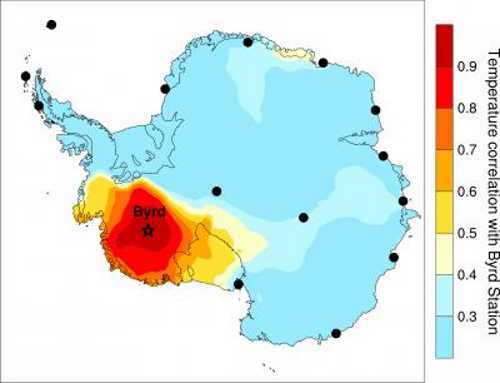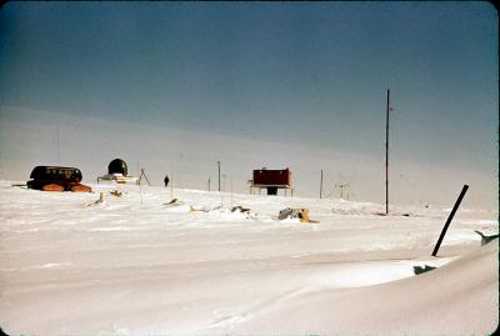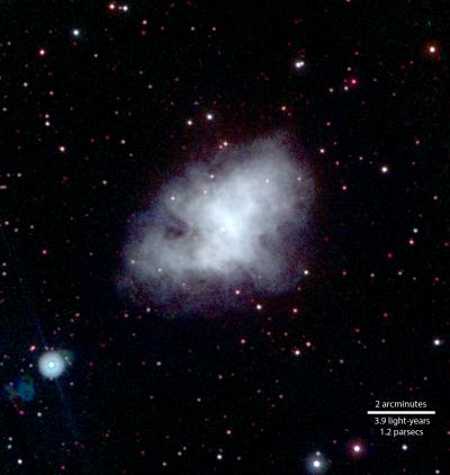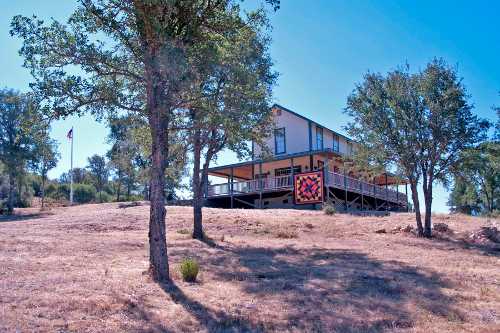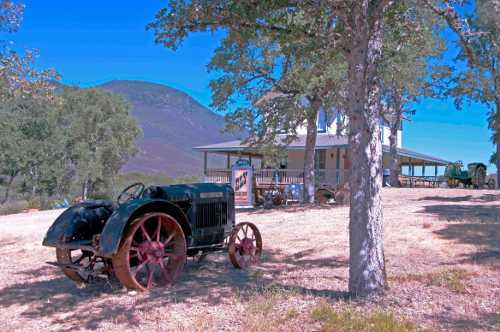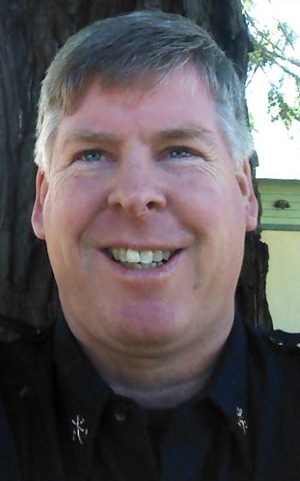
LAKE COUNTY, Calif. – A Cal Fire veteran has been tapped as the new chief of the agency’s Sonoma-Lake-Napa Unit.
Eric Hoffman, 51, who just finished his 30th firefighting season with Cal Fire, will start the new year in the unit chief’s position after serving since 2009 as chief of the unit’s west division, which covers Sonoma County.
If Hoffman’s name is familiar to Lake County readers, that’s because he spent time in the county this past summer as incident commander on the Wye and Walker fires, and the Scotts fire.
In his new role as unit chief, he will oversee four divisions – the north, which covers Lake County; the south, covering Napa County; the east, which includes Solano, Yolo and Colusa counties; and the west, the biggest division of the four, which covers Sonoma County, he explained.
The unit covers a total of six counties and, geographically, is the largest State Responsibility Area in California, Hoffman said.
The Sonoma-Lake-Napa Unit covers 10,000 square miles – or just over 2.1 million acres – and includes 20 state stations, 31 engines, 11 crews, five bulldozers, a helitack base at Boggs Mountain and an air attack base in Sonoma County, and 250 personnel, according to Hoffman.
“It’s huge,” Hoffman said.
The unit’s staffing increases in the summertime firefighting season, when Hoffman said personnel numbers top 400.
Yet, as big as it is, it runs well.
“The good news is, I’m not inheriting anything broken,” said Hoffman,
Since he started with Cal Fire in 1983, Hoffman has seen numerous changes in firefighting and how Cal Fire itself works.
One of the big changes has to do with training, he said.
When he began firefighting in his early 20s, Hoffman said it sounded like fun work. Back then, a young firefighter would get a week’s worth of training before they were assigned to an engine and setting out on the fire lines.
Firefighters today undergo far more intensive training, with Hoffman explaining that their level of professionalism has increased.
A firefighter now must have a minimum of 180 hours of training before they’re placed on an engine, said Hoffman, adding that most firefighters starting work now have “a pile of certificates” that he said is bigger than those he amassed.
Firefighters now are coming into the agency trained, educated and ready – they are certified in hazmat and as emergency medical technicians, and they’ve completed a six-month academy to receive a firefighter level one certificate.
“We give them the wildland experience,” said Hoffman.
In his time with Cal Fire, the other big change Hoffman has seen is in the area of technology and how it has affected firefighting.
Hoffman said firefighters used to draw topographical maps on fire scenes with grease pencils. Now they rely on high speed Internet for both mapping and weather data.
“The technology behind the scenes is incredible,” he said.
On some big Southern California fires they’ve used military and NASA drones to help map the fires. More commonly, they use helicopters with a GPS mapping program and infrared capability to fine tune perimeters.
Hoffman, acting as incident commander on the Wye and Scotts fires this summer, said those incidents illustrated how the California fire service works.
The cooperation between state and local agencies was seamless, he said.
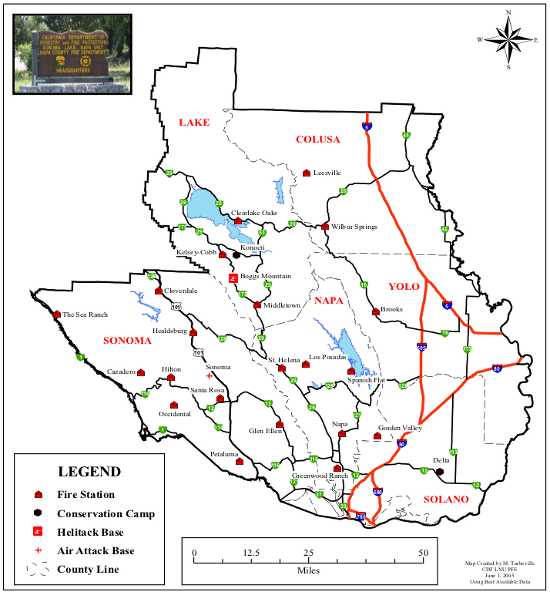
Cal Fire had been short on resources at the time, but was able to get local government strike teams through its relationship with the California Emergency Management Agency, he said.
“Although there was a lot of fire, it worked pretty well,” he said.
With the Scotts and Wye fires within Lake County’s boundaries, as well as the nearby 16 and Sites fires in Colusa County, and the Mill Fire in the Mendocino National Forest, “Lake County just seemed to be at the eye of the storm this summer,” Hoffman said.
Altogether, all of those fires inside and outside of Lake County’s boundaries burned approximately 64,183 acres.
The Walker and Wye fires – managed as the Wye Fire incident – hit in the second week of August, spreading rapidly to thousands of acres, burning at least one residence as well as outbuildings before being fully contained at 7,934 acres.
The damage could have been worse, but Hoffman said Cal Fire was able to focus its efforts on hitting the fire from the air and keeping it out of New Long Valley.
Hoffman said a cause still hasn’t been determined for the Wye incident.
Less than a month later, the Scotts Fire hit west of Scotts Valley Road, burning a total of 4,618 acres. “The Scotts Fire was really challenging, just because it stayed there above Scotts Valley Road and kinda hung there,” he said.
The cause of the Scotts Fire also hasn’t been determined, Hoffman said.
A factor in the summer’s fires were the dry conditions. Hoffman said there were record levels of dryness in fuels – or vegetation – as well as a dry spring. “And we’re not in a prolonged drought.”
The first 20 days of the fire season was normal, and overall it wasn’t the fire season with the most acres burned. But Hoffman said firefighters were busy for a prolonged period of time, with 50 days of resource drawdown. That equaled many exhausted firefighters.
Beyond busy fire seasons, Hoffman will be occupied with longterm planning for the unit and its future leadership.
One of his areas of concentration will be on establishing the next generation of first level company officers for the unit.
There are a lot of people to hire. In the coming year, he said they will need to hire between five and seven battalion chiefs and a new division chief to succeed him.
“It’s a constant effort for success and planning,” Hoffman said.
Email Elizabeth Larson at This email address is being protected from spambots. You need JavaScript enabled to view it. . Follow her on Twitter, @ERLarson, or Lake County News, @LakeCoNews.


